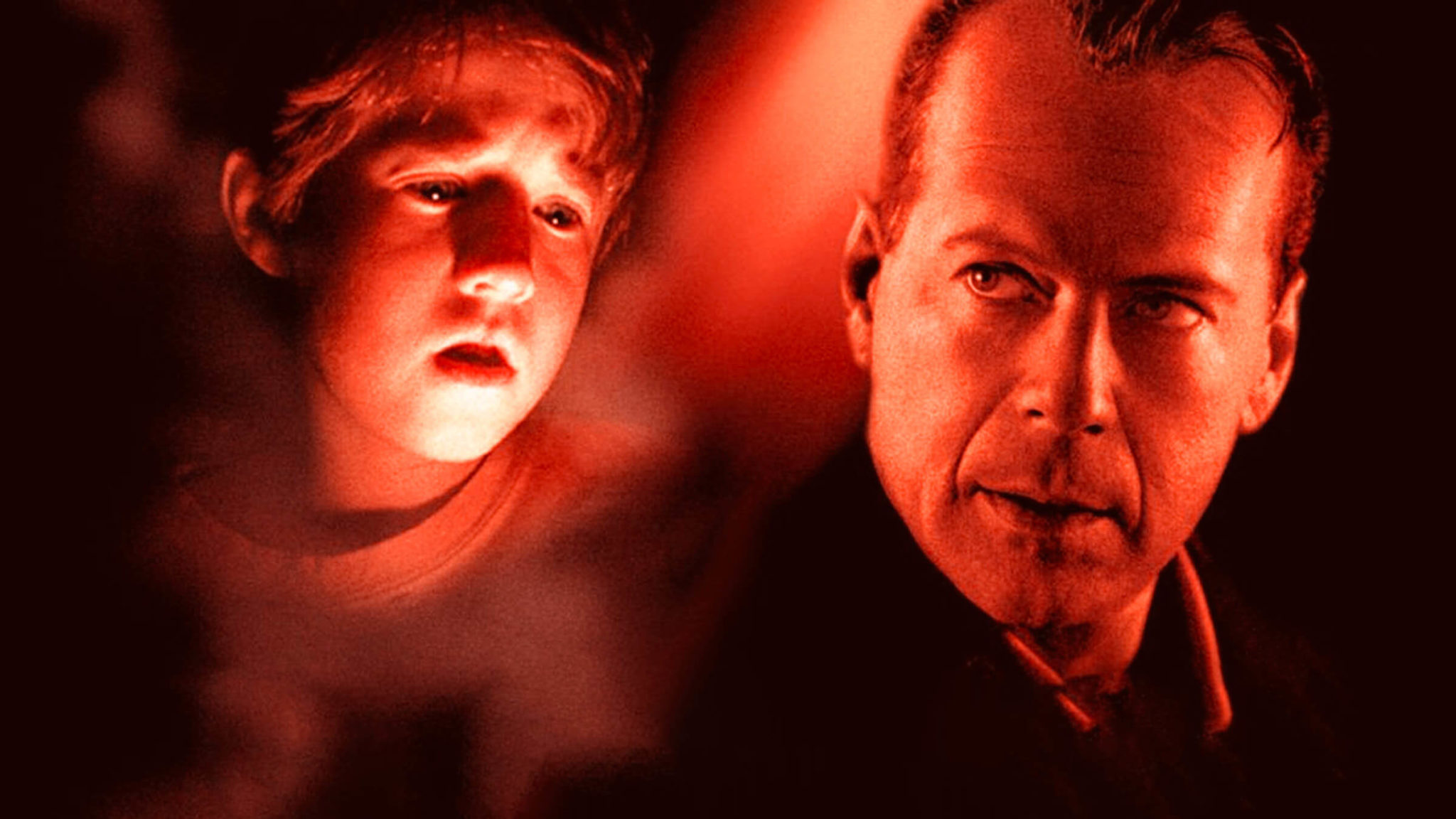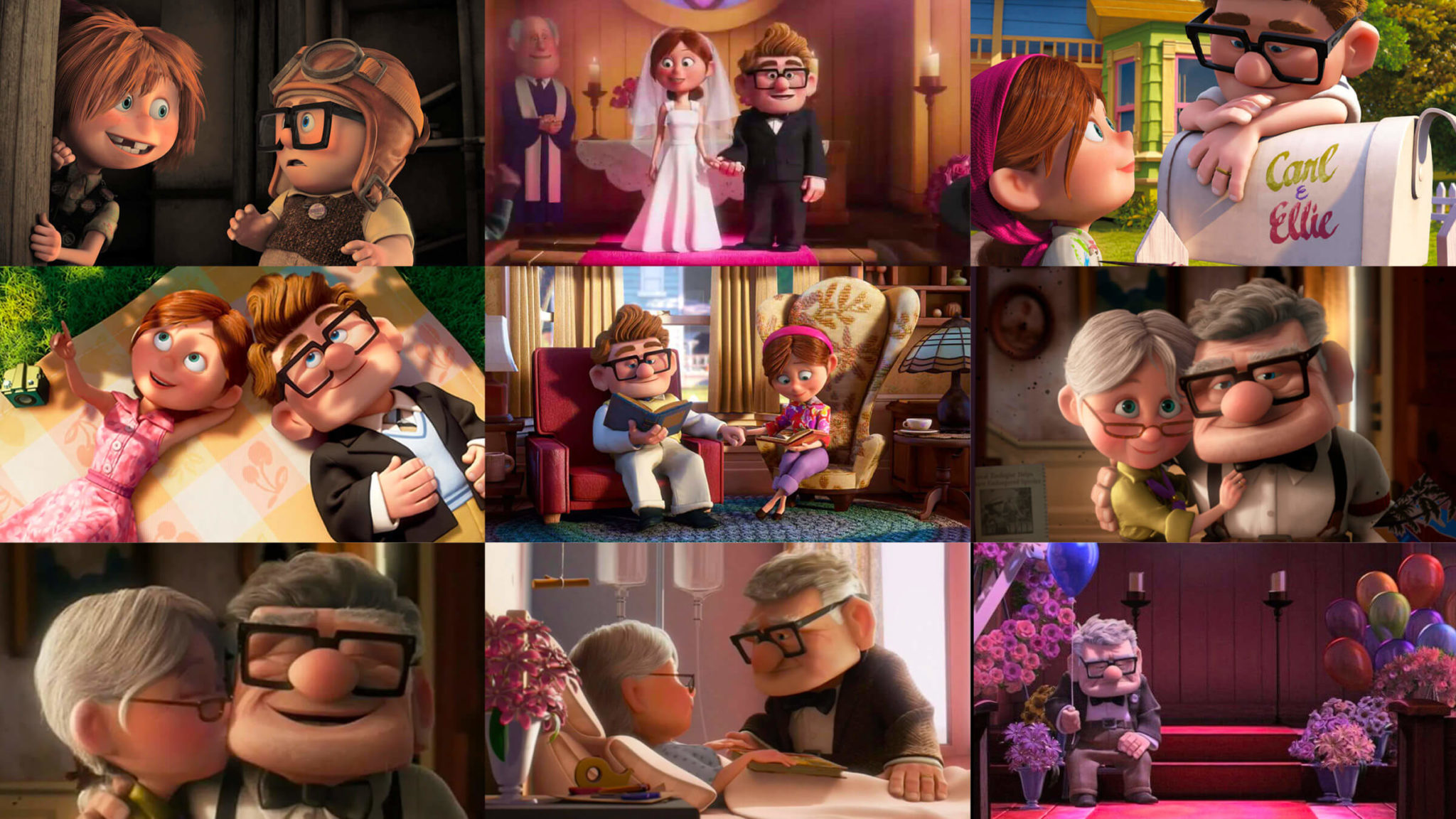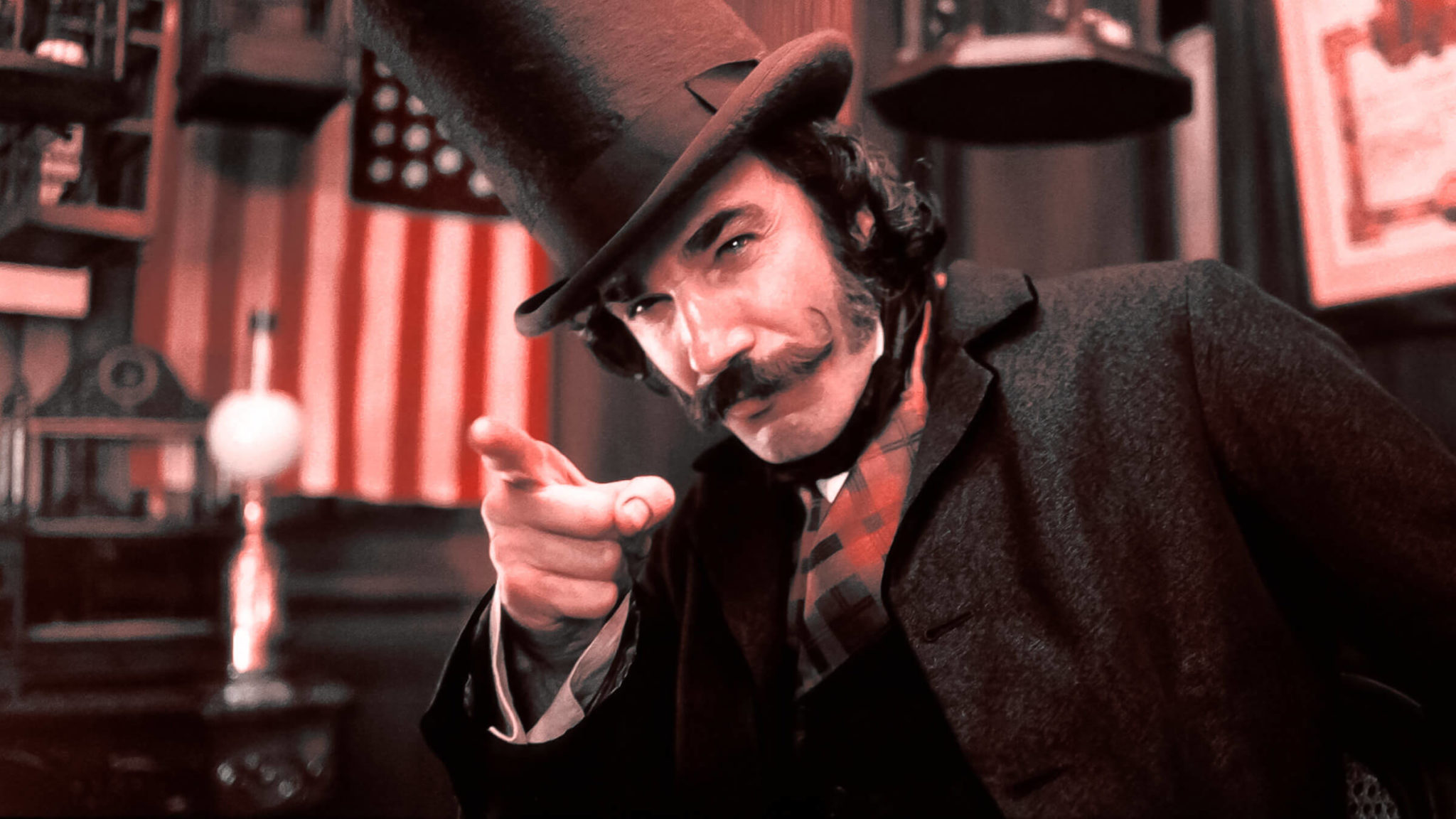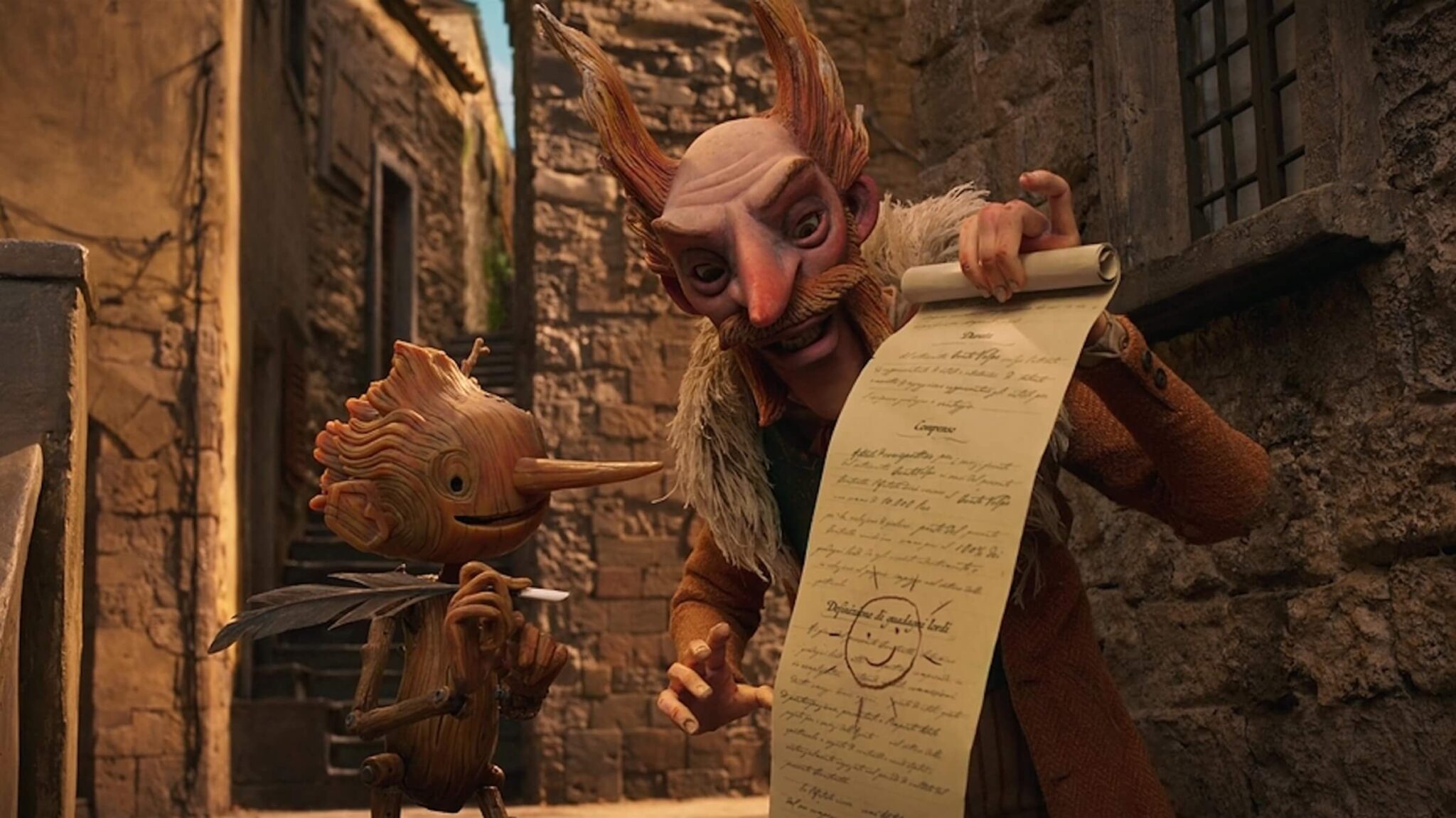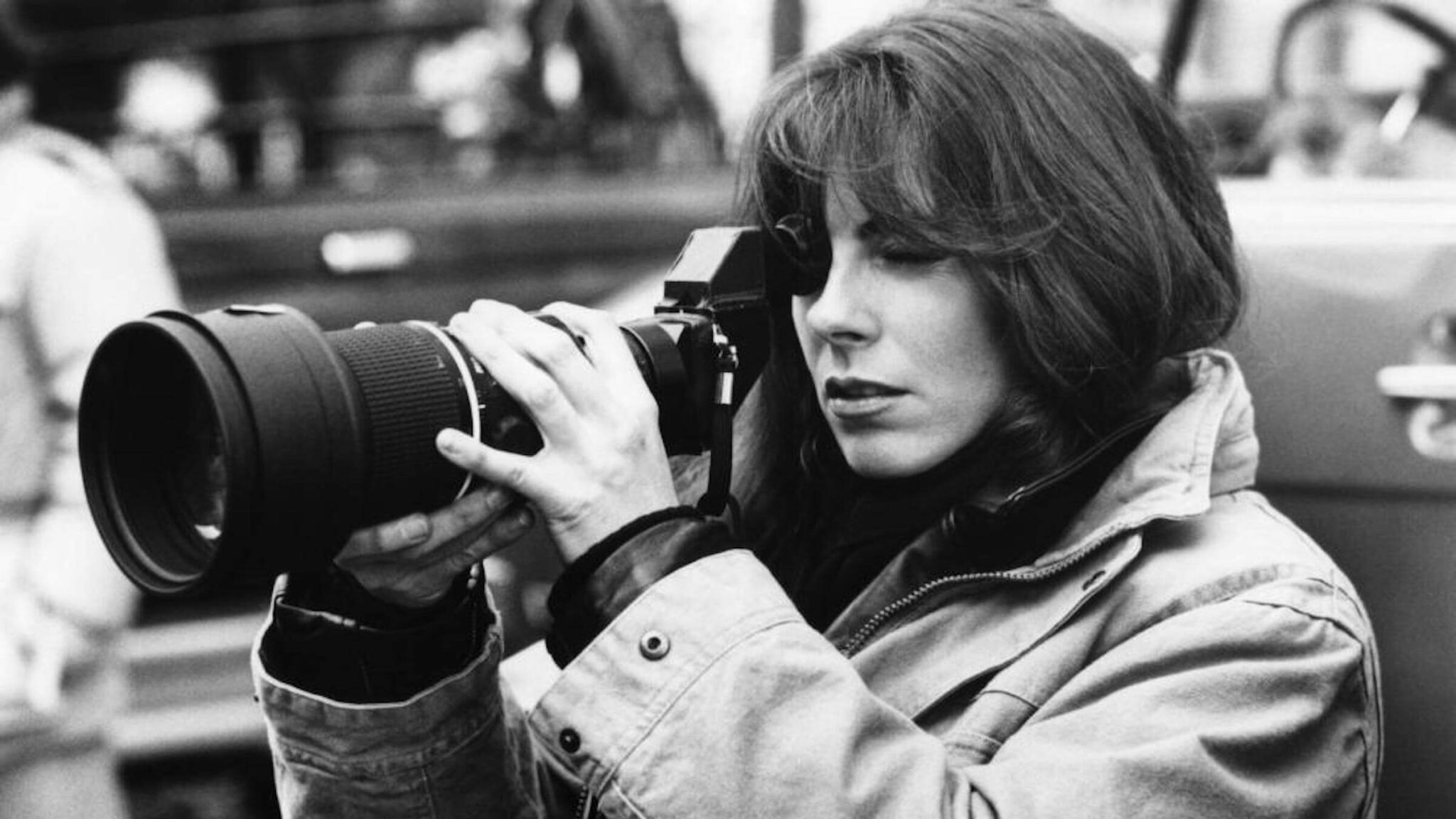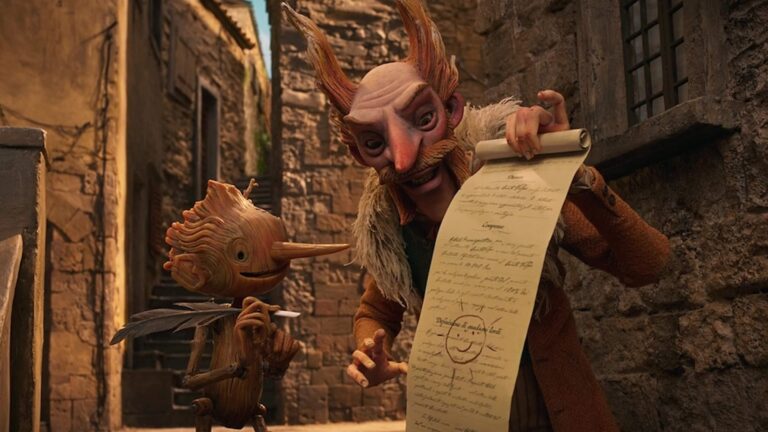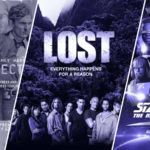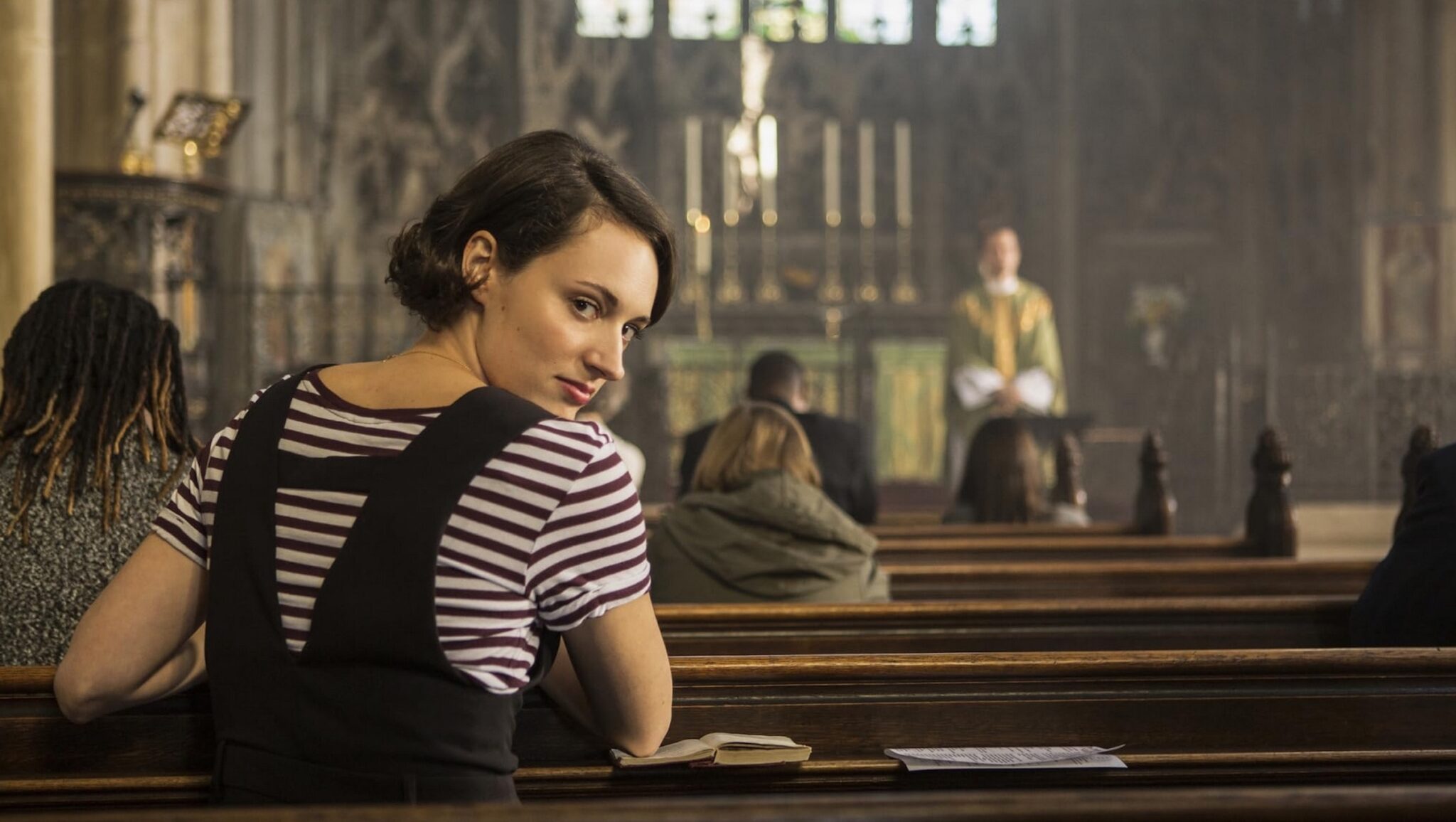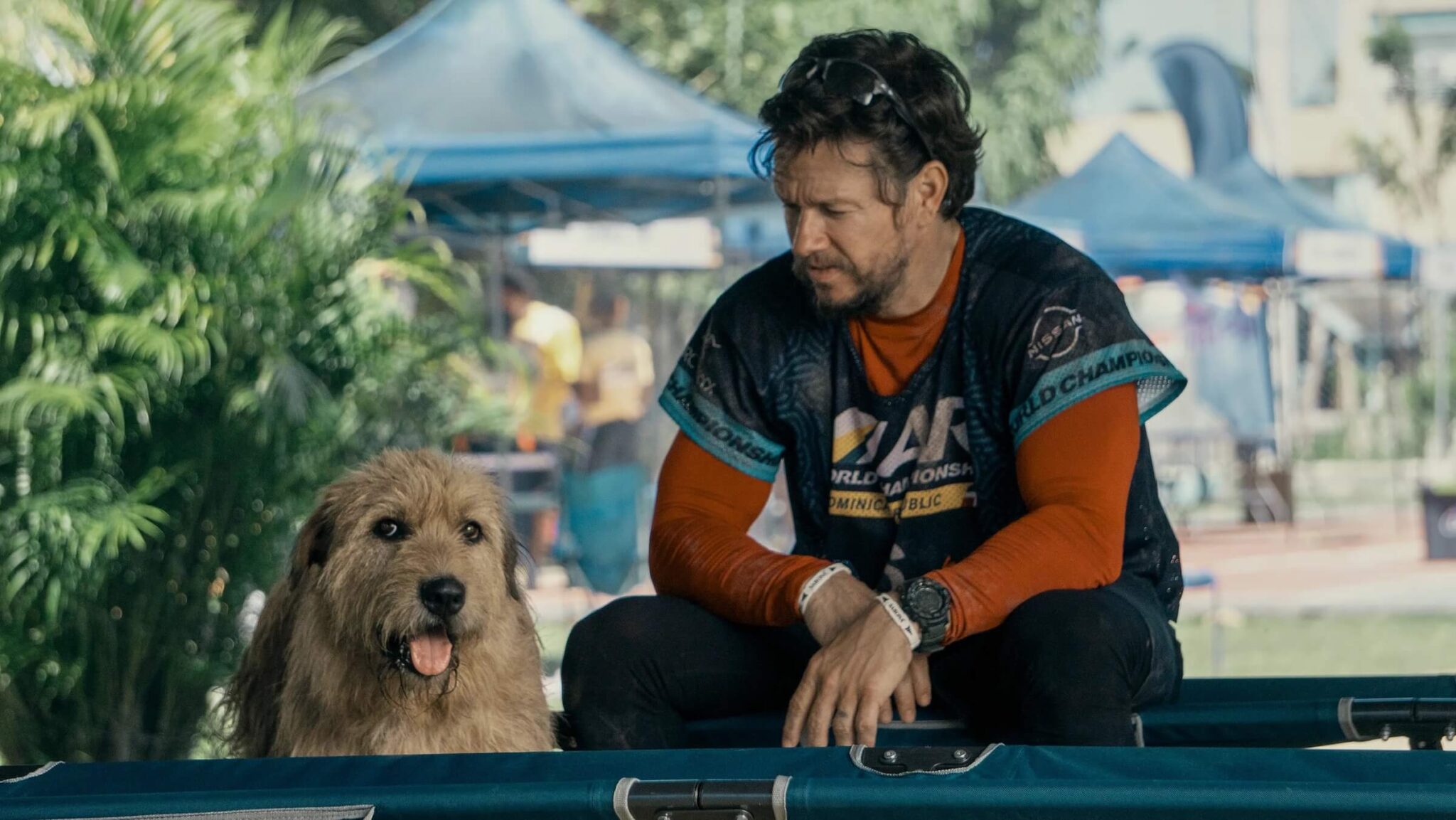More Questions with Screenwriter and Animation Artist Jim Capobianco
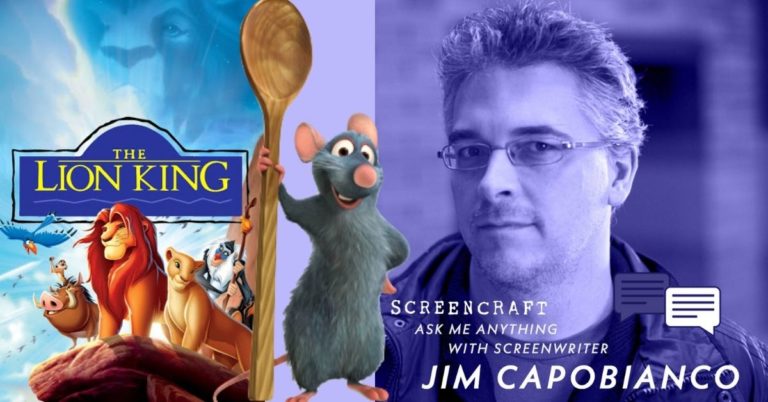
Jim Capobianco is also a judge for the 2020 ScreenCraft Animation Screenplay Competition
Stephanie asked: "Do writers spec animation screenplays have a chance, or is it just a good "calling card" for them... Or are Animation screenplays typically always a director's concept, then writers are approached as you mentioned.”
Tess asked: "In your opinion, what are the key ingredients for a successful animated kids movie? What do all the good ones (like Ratatouille!) have in common?”
Jim Capobianco: It is the same as any movie really. You have to get out of your head kid’s movie or animated kid’s movie. I mean some great live-action films for kids could have been wonderful in animation. Like Babe or even something like Harry Potter could have been done in animation. In the right hands - could be pretty amazing. I get asked all the time why make this or that in animation? Well that question really doesn’t hold water. Because I, the creator, see it as animation. That’s really it. Think of it this way - a picture of a boat. You can have a photo of a boat, a realistic painting of a boat, an abstract painting of a boat made of cubes and line, a cartoony version of a boat, a child's drawing of a boat. They are all essentially a picture of a boat. Same with stories. Look at Disney taking everything that they have ever made in animation ( and at one time fully believed that they were making these films in animation because that was the way they should be made! ) and now they are turning them into Live-action. Even the Lion King. Although that is actually just it being reanimated in a realistic way - nothing “Live-action” about it. So what makes a good film for kids animated or otherwise - the same thing that makes a good film for adults. Compelling, flawed characters in unusual or difficult situations, trying to muddle through and figure out and overcome the obstacles thrown in their way on their journey toward a goal to right their world again only to find they are someplace better or that they failed ( though that last part is rarely in a kids film or a Hollywood film ) and often kids as protagonists are many times the agents of change in a world of flawed adults.
Marsden asked: "Do you, yourself still feel for the characters & get emotional during the movies you work on or do you just "get used to it" since you work on it for so long?”
Jim Capobianco: It is hard to. You have to put yourself in a mental place to just enjoy the film and try to watch it with fresh eyes. Good to get fresh opinions throughout the process. Don’t show your script or film to all of your pals at once. Hold some in reserve for later on down the line to get their fresh feedback later in the game. When the film is done you can never really enjoy it like other people do. There are usually too many memories associated with the making of the film. But I enjoy them in a different way, as a life experience, you find a certain satisfaction that the film was finished and well received and hopefully a real joy to work on and work with the people who made it together. So it is emotional in a different sense.
Liz asked: "What tips can you offer to make animated films just as entertaining for adults as children, ie. friendly for the whole family?”
Jim Capobianco: Again make it for yourself. Make films you would have wanted to see when you were a kid or for that kid still in you. It will invariably turn out enjoyable for adults too. Don’t be afraid to put in stuff that kids won’t readily understand, as long as it isn’t integral to the plot or the understanding of the film as a whole experience, kids like not being talked down to and feeling like they are treated with respect, so something above their comprehension is okay - since frankly a lot in their world is out of there comprehension. They then can discover these stories all over again when they are older and get more out of them. But of course you have to give them stuff that will entertain them and make them want to see the film. Space unicorns or something.
Pratima asked: "How do you handle situations when a collaborator (at any part of the filmmaking process) interprets or realizes parts of that story in a way that you're not totally on board with?”
Jim Capobianco: This all depends on what roll you have in the process and what role your collaborator has. If you are a writer you probably don’t have much you can say if an executive or the producer takes things in a different direction. Depending on your relationship with the director you can explain your thought process, your intent of what you were going for. This incidentally is why Billy Wilder, who started out as a writer, eventually went into directing and producing. He got fed up with directors screwing up his stories. If you can influence the situation you should try. If you really can’t then let it go and move on. You have to realize you are hopefully more of an artist, writer , then this one script or film. You will create more and hopefully on the next one you’ll have more say.
Kavika asked: "For writing action and description, how much is too much? Should we avoid writing facial expressions and elaborate action sequences?”
Jim Capobianco: Just enough to keep the narrative flow moving. Only a facial expression if it is essential to the story being told, otherwise that is what the actors will bring to it. The best way to learn this is to read a god awful number of scripts that are by writers of films you like. See what they did to describe that scene, that action etc. Try to get the production script and not the published book form script - since that may have been compiled by someone watching the finished film.
Leyla: "Do you typically juggle multiple projects or do you like to focus on one project at a time? Additionally, how is the creative process like when the director has a different opinion from you?”
Jim Capobianco: Yes oh yes. But that is me. I do believe you have to bore into your main project and really focus in on it but I have to have a release valve and go exploring on another island for a bit, if anything clear my head. Usually the other projects are in other stages. Like an outline, or research or treatment or for me doodling stuff. I think it helps the other projects frankly.
As for the second question - The director is the boss but depending on your relationship with him or her you can try to present your case and see if they’ll see it your way. It is always good to present a solution and to try to figure out why they have an issue with what you initially presented. But don’t get stuck on it. Be flexible and adjust. Oftentimes, I have found their idea makes you think in a new way and you come up with a solution that is even better.
John Sayles used to say sometimes you are a carpenter and sometimes you are the architect. When you are a carpenter you help to create something really beautiful, you use your craft to see someone else's plan through and that is a job well done and satisfying. And you go home at night knowing this. When you are the architect all the responsibility is on your shoulders but it is your vision that will be crafted by the carpenters. You can take satisfaction in orchestrating all of this talent toward a goal. But if the building falls down or critics or the public think it is ugly, well that is all on you. And the praise of course too. So just keep that in mind working with directors, being a director or being a carpenter.
Colleen asked: "How many drafts of the script on average do you see between the start of production and the final product?”
Jim Capobianco: As many as it takes. It is never one or two for sure.
Nancy asked: "Can you recommend a script to read along with a film to see the execution of it on screen?”
Jim Capobianco: Any really that appeal to you and is in your wheelhouse of what you want to write. I personally like William Goldman’s work, Billy Wilder, Robert Towne . If you haven’t you should read - own - William Goldman’s two books on screenwriting. "Adventures in the Screen Trade" and "What Lie Did I tell You?"
Omneya asked: "Hi, I have written an adventure fantasy to be live action, but many people who read it said it could also be an animation. How should I decide what best serves my story, especially with seeing many animations being remade into live action nowadays?”
Jim Capobianco: I don’t know. Do you get to decide this? Unless you are the producer, currently what your script is, is a bunch of words assembled in a way that tell a story in a movie format. Whether it is animation or live-action is irrelevant. If you are looking to get an agent or sell it, you might want to put on the title page “an adventure fantasy” and leave it at that. Let whomever becomes interested in it decide how to produce it. Then you have expanded your potential customer base.
Get Our Screenwriting Newsletter!
Get weekly writing inspiration delivered to your inbox - including industry news, popular articles, and more!







